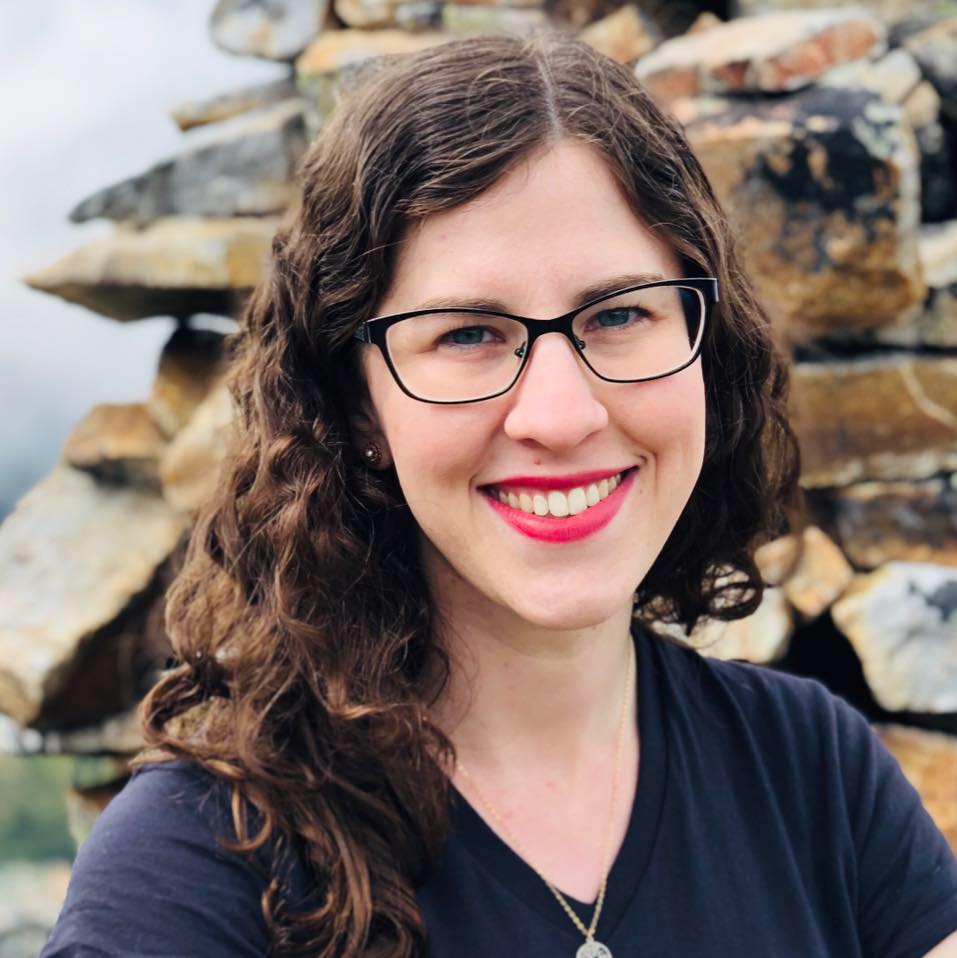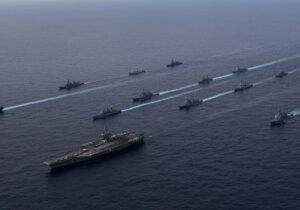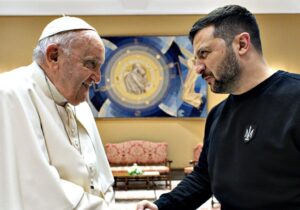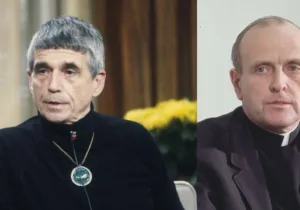“It does not make sense for us to go directly to the security wall; you have to understand the trigger,” our guide told us in Israel when speaking about the separation wall between Israel and Palestine.
In Jerusalem, we stood in front of Café Paris, formerly Café Moment, where he proceeded to speak to us about March 2002, during which 131 Israelis had been murdered in more than a dozen different terrorist attacks. “One of every 47,000 Israelis was killed,” he began, “And to put this in perspective, one of every 99,000 Americans was killed in 9/11. For us, March 2002 was like two September 11ths.”
On March 9, 2002, a car passed two police checkpoints. The person inside had an Israeli ID card and was a Hebrew-speaking Israeli resident. He was an Arab who had grown up having regular interactions with Israelis. And he committed a terrorist attack in the café, killing 11 young people in their 20s and 30s.
Palestinian terrorists committed such attacks almost daily on buses and in markets, hotels, schools, and cafes, with children and elderly civilians among the victims of Palestinian terror. Suicide bombers interrupted Passover dinners and detonated explosives while the Palestinian president refused to condemn the attacks and the Egyptian press went so far as to celebrate them.
Our guide said, “As an Israeli, I don’t think we have a monopoly on human suffering. I mean to tell you that, by this point, Israelis were insisting that they had had enough and were imploring their government to do something.”
Danny Tirza, chief architect of the security fence, likewise explained to us, “When terrorist attacks were happening daily all over the country, the people finally demanded, ‘Separate us from them!’” But in the early 2000s, the government did not want to build the 11-billion-shekel (roughly $2 billion) fence (five percent of which is concrete barrier and 95 percent of which is wire security fencing). Tirza is proud that, throughout the construction of the 451-mile fence, not a single Palestinian home was destroyed or evacuated.
Over the years, leaders of various churches have released statements condemning the separation wall. In 2003, the World Council of Churches released an ecumenical statement that said:
If the present Road Map for Peace is to bring positive results, we believe the Separation Wall constitutes a grave obstacle. For both nations the Wall will result in a feeling of isolation. Moreover, for many Palestinians it means the deprivation of land (some 10% more than that of the Occupation in 1967), livelihood, statehood, and family life. Occupation remains the root cause of the conflict and of the continuing suffering in the Holy Land.
The US Conference of Bishops released a Holy Land Coordination 2017 Communiqué titled “Fifty Years of Occupation Demands Action” in which they said:
We all have a responsibility to provide assistance for the people of Gaza, who continue to live amid a man-made humanitarian catastrophe. They have now spent a decade under blockade, compounded by a political impasse caused by ill-will on all sides.
We all have a responsibility to encourage non-violent resistance which, as Pope Francis reminds us, has achieved great changes across the world. This is particularly necessary in the face of injustices such as the continued construction of the separation wall on Palestinian land including the Cremisan Valley.
The Canadian bishops said:
Consistent with the Holy See’s position, Canada’s Catholic Bishops are aware of Israel’s need for security, and we fully support that right. Nevertheless, we believe the wall as planned will only deepen the wounds between Palestinians and Israelis. We are convinced, with our brother Bishops from around the world, that the extension of the wall will raise more scepticism from the international community. As it is, the security wall is already perceived by many as an illegal “land grab”.
And everyone is familiar with Pope Francis’ remarks that “Walls solve nothing” and “building walls is not Christian” as well as his appeal “not to create walls but to build bridges.” (Undoubtedly, those statements were alluding to a different wall in a different country, and similar to how not all wars are equally justified, not all walls are equally justified, either.)
How should people of faith respond to these statements, when we also recognize how much the reality of terrorism threatens our noble aspirations for peace and justice?
In addition to such statements, the Catholic Church also has a tradition of social teaching based on principles, including: legitimate defense, the duty to protect the innocent, the appropriateness of measures taken against those who threaten peace, an absolute condemnation of terrorism, and the doctrine of just war. How are these principles to be understood, grappled with, and applied in the light of the realities of international affairs and security?
According to Catholic social teaching:
To be licit, the use of force must correspond to certain strict conditions: “the damage inflicted by the aggressor on the nation or community of nations must be lasting, grave and certain; all other means of putting an end to it must have been shown to be impractical or ineffective; there must be serious prospects of success; the use of arms must not produce evils and disorders graver than the evil to be eliminated. The power of modern means of destruction weighs very heavily in evaluating this condition. These are the traditional elements enumerated in what is called the ‘just war’ doctrine. The evaluation of these conditions for moral legitimacy belongs to the prudential judgment of those who have responsibility for the common good”…
The right to use force for purposes of legitimate defence is associated with the duty to protect and help innocent victims who are not able to defend themselves from acts of aggression…
The international community as a whole has the moral obligation to intervene on behalf of those groups whose very survival is threatened or whose basic human rights are seriously violated. As members of an international community, States cannot remain indifferent; on the contrary, if all other available means should prove ineffective, it is “legitimate and even obligatory to take concrete measures to disarm the aggressor”.
I am also reminded of Pope Benedict XVI, who in his book Values in a Time of Upheaval discusses the justness of the war against the Nazis, saying:
The only way to shatter this cycle of crime and reestablish peace and the rule of law was an intervention by the whole world. In this hour, we express our thanks that this happened. This gratitude is felt not only by those countries that were occupied by German troops and thus handed over to Nazi terror. We Germans too are grateful that the committed action of the Allies restored our freedom and the rule of law. Here it is clear that the intervention of the Allies was a bellum iustum, a “just war,” that ultimately served the good of those against whose country the war was waged. This is perhaps the clearest example in all history of a just war.
It seems to me important to note this point, because a real event in history shows that an absolute pacifism is untenable. Naturally, this does not dispense us from the task of formulating with great care the question whether, and under what circumstances, something like a “just war” is possible today.
While it is right and good to hold Israel to the highest standard and to articulate the noblest vision for peace and justice in the world, a right response to reality demands a meeting of principles and politics among those interested in finding some kind of synthesis between ethics and policy. After all, does not a state have the right and even the obligation to defend the lives of its citizens?
Danny Tirza has reported that, between 2000-2006, there were 4,000 terrorist attacks in Israel, murdering 1,639 Israelis. But, since the creation of the fence, from 2007-2015, there have been 32-suicide bomb attacks and 20 Israeli deaths.
Since it seems reasonable to spend time at cafes, take public transportation, and go shopping without the constant threat of terrorist attacks, it also seems necessary to discern and articulate some principles of a “just wall theory.” What do you think these might be?
—
Amanda Achtman holds a BA in political science from the University of Calgary and an MA in philosophy from the John Paul II Catholic University of Lublin. She is an alumna of the Philos Leadership Institute, an initiative of the Philos Project.
Photo Credit: Separation Wall in Israel. Via Wikimedia Commons.







 Sponsor a student for Christianity & National Security 2024
Sponsor a student for Christianity & National Security 2024